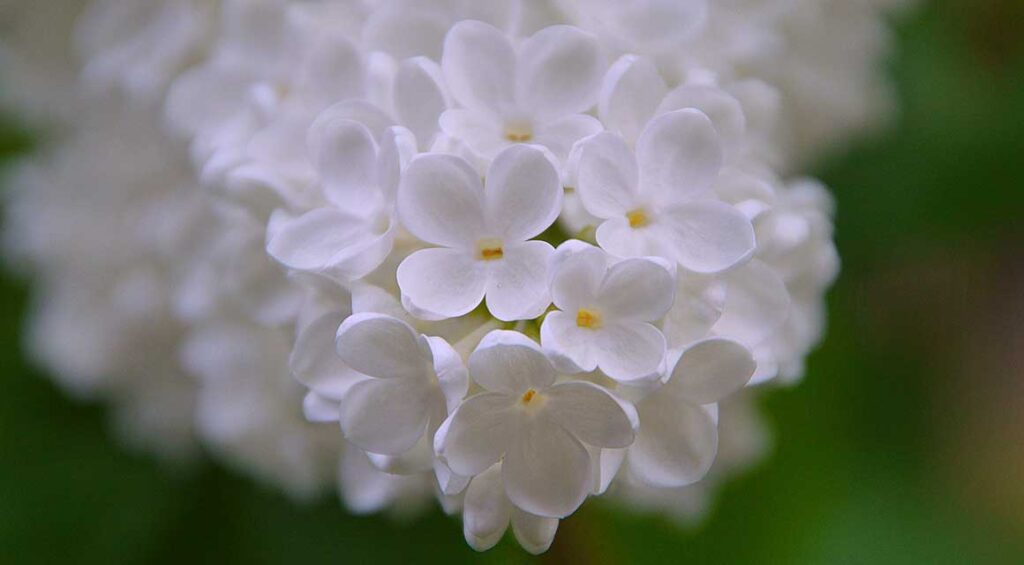Native hedge plants originate from our latitudes and have survived the unpredictability of our climate for centuries. Many of our customers ask: Are native hedge plants more hardy than exotic species? The simplest answer: no. There are exotic hedge plants that do very well with our winters, and conversely, there are native species that have a clear preference for milder temperatures. We will be happy to discuss with you why this is so and which species are best suited to a cold location.
Contents
Exotic hedge plants that withstand our winters well.
The exact origin of a hedge plant species affects how well the plants handle the cold. Exotic hedge plants do not always come from a region that is warmer than ours. For example, many of the exotics you will find in our assortment come from East Asia, where the climate is not very different from ours. In fact, winters in Japan, Korea and eastern China can still be a bit harsher than here, so the Asian hedge plants in our assortment are often still quite hardy hedge plants. Rhododendron, for example, is one of the hardiest species in our assortment and originates from East Asia.
However, there are also plants that come from a region with a somewhat warmer climate, but have little problem with the cold of our winters. The boxwood, for example. This evergreen hedge plant is originally from the Mediterranean region, but there it grows mainly on the shady side of mountains. Therefore, a temperature of more than 20 degrees below zero is not a big problem for a box hedge. Japanese holly, one of the most commonly planted substitutes for boxwood, is even slightly more frost-resistant than boxwood.
Other popular exotic hedge plants are also frost resistant. But honestly, often this required the help of a grower. Not every cherry laurel hedge is equally hardy, but if you plant the extremely hardy cherry laurel ‘Novita’ or the enchantingly flowering cherry laurel ‘Caucasica’ in the garden, your hedge will not suffer frost damage as easily. Thuja is originally from North America, where the climate can vary greatly from region to region. For a hedge that is guaranteed to survive the winter, the extremely hardy Thuja ‘Emerald’, also known as the Tree of Life, is an excellent choice. It grows a little slower than most other arborvitae.
Native plants seem to be the safer choice, since they have been around in our part of the world for so long. An understandable choice, but not necessarily the best option.
Are native hedge plants always a safe choice?
We find that many gardening enthusiasts from regions where winter temperatures are relatively low prefer to choose native hedge plants. Native plants seem to be the safer choice because they have been around in our part of the world for so long. An understandable decision, but not necessarily the best option. There are definitely native hedge plants that can survive a harsh European winter without much trouble. But even here, plants grow in the wild only where winters are reasonably mild, for example, in the coastal region or in a place where they can find a lot of shelter.
Of course, there are many native hedge plants that can be safely planted in a relatively cold garden. The yew, for example, has already made a name for itself during the last ice age because it is one of the few plants that retains its green foliage all year round. If you decide to plant a yew hedge, we recommend that you choose Taxus ‘Hillii’ or Taxus ‘Hicksii’. These are hybrids of the native Taxus baccata and the Asian Taxus cuspidata, which are somewhat more frost tolerant; these cultivated forms can tolerate temperatures down to about 28 degrees below zero. The common yew, on the other hand, can already withstand temperatures as low as -23 °C.

The holly is considered a true winter plant. The female plants then get their red berries, but the holly is both evergreen and hardy. Holly, which is native to our area, is known for its outstanding winter hardiness. It can tolerate up to 35 degrees of frost. Ilex meserveae – a cross between the common holly (Ilex aquifolium) and the East Asian tsuru holly (Ilex rugosa) – also tolerates very low temperatures. Do you prefer a flowering hedge? Potentilla is a beautiful flowering perennial that tolerates frost very well and originates in northwestern Europe, among other places.
Whether certain hedge plants will thrive in your garden depends on more than just the average winter temperatures in your area.
Hedge plants in a cold garden: What do I need to consider?
Whether certain hedge plants will thrive in your garden depends on more than just the average winter temperatures in your region. Some plants can be protected from the cold by covering the soil around the roots with foliage, a fleece or a layer of mulch. This will make it harder for the cold to penetrate deep enough into the soil for your hedge to suffer. You can also consider your hedge plant’s preference for location. A sheltered location is usually much less cold than a place where the plants get a lot of wind in the winter.
We also recommend that you think carefully about the types of plants you plant in the garden. Sometimes this can vary from one species or cultivar to another. We’ve already mentioned the differences between cherry laurel, yew and thuja species, but even the native common privet, for example, is slightly more cold tolerant than the Asian oval-leaved privet. For other species, the differences are minimal; for a beech hedge, it doesn’t matter whether you choose blood beech or copper beech, as both can tolerate 30-degree frosts.


